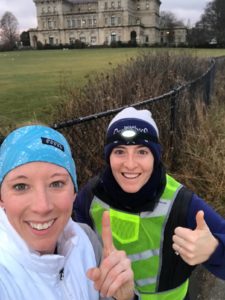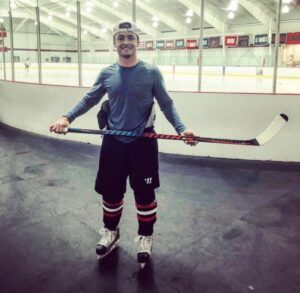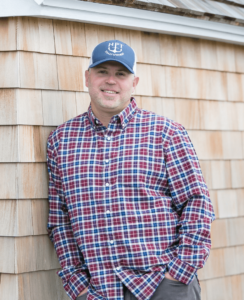Proper attire will keep you running all winter!
Hi Everybody!
Thanks for checking out my second blog where I am joined by Cori and Maddie for a discussion on the winter apparel that we prefer to help us get up, get out, and have fun!
As you can see from the video, it’s never too cold to workout outside, you are just inappropriately dressed! It’s easy to use the cold and dark as an excuse, believe me I have a tough time getting my butt out of bed, but winter can be an awesome time to get outside and enjoy fresh crisp air!
Like Cori talks about, layers are key. Wicking material is better than cotton, and helps ensure your muscles stay warm throughout the workout. We’ve all had that cold chill feeling, so plan to get right to the shower or have a change of clothes after a winter workout.
As Maddie brings up, safety is paramount all the time but especially in the darkness of winter. Reflective gear, headlamps, and blinking lighted vests may not be fashionable, but they will keep you safe. In the header photo you can clearly see Cori and Madison, but to an oncoming vehicle I’m blending into the darkness. Always remember- Safety is Sexy!
As you can see, there is no weather cold enough or dark enough to stop us from enjoying mother nature and our local community. Whether you are joining the local running groups, November Project, or enjoying a solo adventure grab your layers and lights and HAVE SOME FUN OUT THERE!
– Dr. Liz




